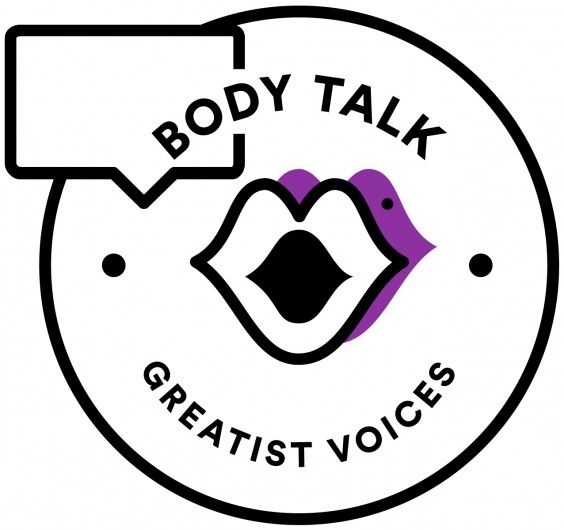The other day, as I glanced in a floor-to-ceiling workout studio mirror while doing pelvic tilts on a yoga ball, a thought skittered across my mind: “Ugh—you’re disgusting.”
Let’s just say there was mucho jiggle going on, both in the belly and the bum. I’ve been a body image and eating disorders advocate for years now, and I was surprised and kind of horrified by that negative self-talk. I mean, how dare I? There I was, strengthening my transverse abdominis and creating healthy space in my lower spine, and all my brain wanted to do was bag on my looks? Not OK, inner mean girl, not OK.
The crazy thing was, the thought was so fleeting that I doubt that I would’ve even noticed it if I hadn’t just attended a lecture about body image given by Anne Poirier, the program director at Green Mountain at Fox Run, a non-diet mind/body wellness center in Ludlow, Vermont. In her talk, Anne had shared a metaphor about how negative reactions to our bodies become like well-worn pathways through a meadow of really tall grass. It’s easy and automatic to travel the same ground over and over—but to go in a different, kinder, and ultimately healthier direction, we have to make a conscious decision to wade out into the weeds and create a new path.
That can take awhile, of course, but in the meantime, here are three ways all of us can feel a little bit better about our bodies right frickin’ now.
1. Go work out.
A single exercise session makes women and men feel more attractive, despite the fact that their bodies haven’t changed at all, a meta-analysis of research done by the University of Florida, Gainesville found.Effects of exercise interventions on body image: a meta-analysis. Campbell A, Hausenblas HA. Journal of health psychology, 2009, Nov.;14(6):1359-1053.”>
2. Listen to your heart(beat).
An interesting study done in 2013 showed that mindfulness of one’s own body—the kind that happens during a heartbeat meditation—can help people stop thinking of their bodies as objects, and therefore improve their body image.Body conscious? Interoceptive awareness, measured by heartbeat perception, is negatively correlated with self-objectification. Ainley V, Tsakiris M. PloS one, 2013, Feb.;8(2):1932-6203.”>
3. Change the conversation.
After noticing the harsh thought I’d had about my body in the exercise studio, I immediately tried something Anne Poirier had suggested during her talk: I replaced the negative comment with something else that was true about that area of my body. I looked at myself in the mirror again and silently said, “This gut has amazing intuition.” Then, “those hips have been chairs for your two babies!” (For those of you who don’t hold babies very often: When you hold a kid with one arm, they sort of sit on your hip. My husband and I call that part of my body my “baby shelf.”) I actually chuckled happily as I continued to pelvic tilt, feeling my belly pooch and oh-so-generous baby shelf move back and forth.
Until that moment in the studio, I didn’t believe that such simple “affirmations” could work. But boy, was I wrong. And the next time I catch a body-bashing thought coming into my head—no matter how fleeting—I’m going to combat it again, with the same kind of healthier, positive truths.
Sunny Sea Gold is Greatist’s body image columnist and the author of Food: The Good Girl’s Drug—How to Stop Using Food to Control Your Feelings (Berkley Books, 2011). A health journalist by trade and training and a mom of two little girls, she’s also an advocate and educator focused on reducing the rates childhood obesity and eating disorders by building Body-Positive Families.


